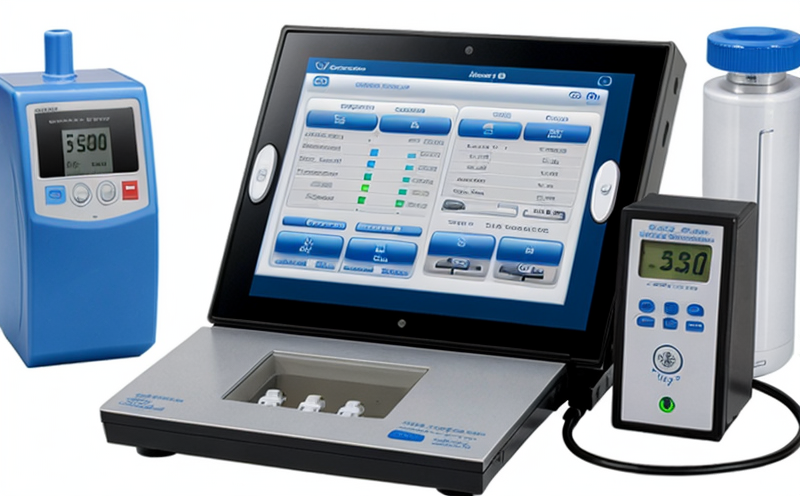Continuous Infusion Rate Stability Testing
In medical device testing, ensuring the accuracy and reliability of infusion pumps is paramount. Continuous Infusion Rate Stability Testing (CIRST) is a critical procedure that evaluates how consistently an infusion pump delivers medication over time under various conditions. This service is essential for manufacturers to ensure their devices meet stringent regulatory requirements such as ISO 10993, ISO 80601, and FDA guidelines.
During CIRST, the infusion pump's rate of delivery is monitored continuously over an extended period, typically ranging from several hours up to days. The test aims at determining whether the device can maintain a specified infusion rate within acceptable limits throughout the testing duration. This process involves both static and dynamic conditions where the pump operates under different flow rates and pressures.
The significance of this service cannot be overstated, especially considering that errors in infusion rate stability could lead to serious health risks for patients receiving treatment via these devices. Therefore, thorough testing is crucial before any device can enter clinical trials or reach market approval stages.
One key aspect of CIRST involves understanding the pump's performance under real-world conditions. This includes assessing how factors like temperature changes, battery life, and mechanical wear affect the delivery rate over time. By simulating these scenarios in our controlled laboratory environment, we provide manufacturers with valuable insights into potential issues they might encounter during actual usage.
Additionally, CIRST helps identify any variability in pump performance across different batches or models of devices. This ensures consistency among products and supports quality control efforts throughout production processes. Our state-of-the-art facilities employ advanced monitoring systems capable of tracking minute fluctuations in delivery rates accurately.
To prepare for CIRST, it's important to understand the specific requirements set forth by relevant standards like ISO 10993-22:2020, which provides guidelines on biocompatibility testing methods applicable to medical devices. These include detailed instructions on sample preparation, test procedures, and evaluation criteria.
Our experienced team follows these protocols meticulously when conducting CIRST services. We use high-precision equipment designed specifically for measuring small volumes of liquid over extended periods accurately. This includes precise syringe pumps capable of delivering nanoliter or picoliter quantities precisely according to predefined schedules.
The results from our CIRST tests are comprehensive and detailed, providing manufacturers with a clear picture of their device's performance during continuous infusion administration. Our reports include statistical analysis summarizing the average delivery rate along with standard deviations, highlighting any deviations from expected values.
| Industry Applications |
|---|
| CIRST is widely used in pharmaceutical companies developing new drug delivery systems requiring precise dosing capabilities. It plays a vital role in ensuring that infusion pumps used in hospitals, clinics, and other healthcare settings deliver medications accurately and consistently. |
| Manufacturers of automated insulin pumps rely heavily on CIRST to verify their devices' ability to maintain accurate dosing levels over extended periods. This is particularly important given the life-threatening nature of diabetes management. |
In summary, Continuous Infusion Rate Stability Testing serves as a cornerstone in medical device quality assurance programs. By rigorously evaluating infusion pumps' performance under various conditions, this service helps maintain patient safety and compliance with international standards.
Benefits
- Ensures adherence to industry standards such as ISO 10993-22:2020 for biocompatibility testing.
- Identifies variability in performance across different batches or models of devices, supporting quality control efforts.
- Simulates real-world conditions, providing valuable insights into potential issues manufacturers might encounter during actual usage.
- Promotes consistent product performance by identifying and addressing any discrepancies early in the development process.
Customer Impact and Satisfaction
CIRST plays a crucial role in enhancing customer satisfaction through several means. Firstly, it contributes significantly to improving patient safety by ensuring that infusion pumps deliver medications accurately and consistently. Secondly, this service helps manufacturers meet regulatory requirements, thereby reducing the risk of non-compliance penalties or product recalls.
Customers benefit from more reliable medical devices that perform as expected in diverse environments. This builds trust between healthcare providers and pharmaceutical companies, fostering long-term partnerships based on shared goals for patient care excellence.





